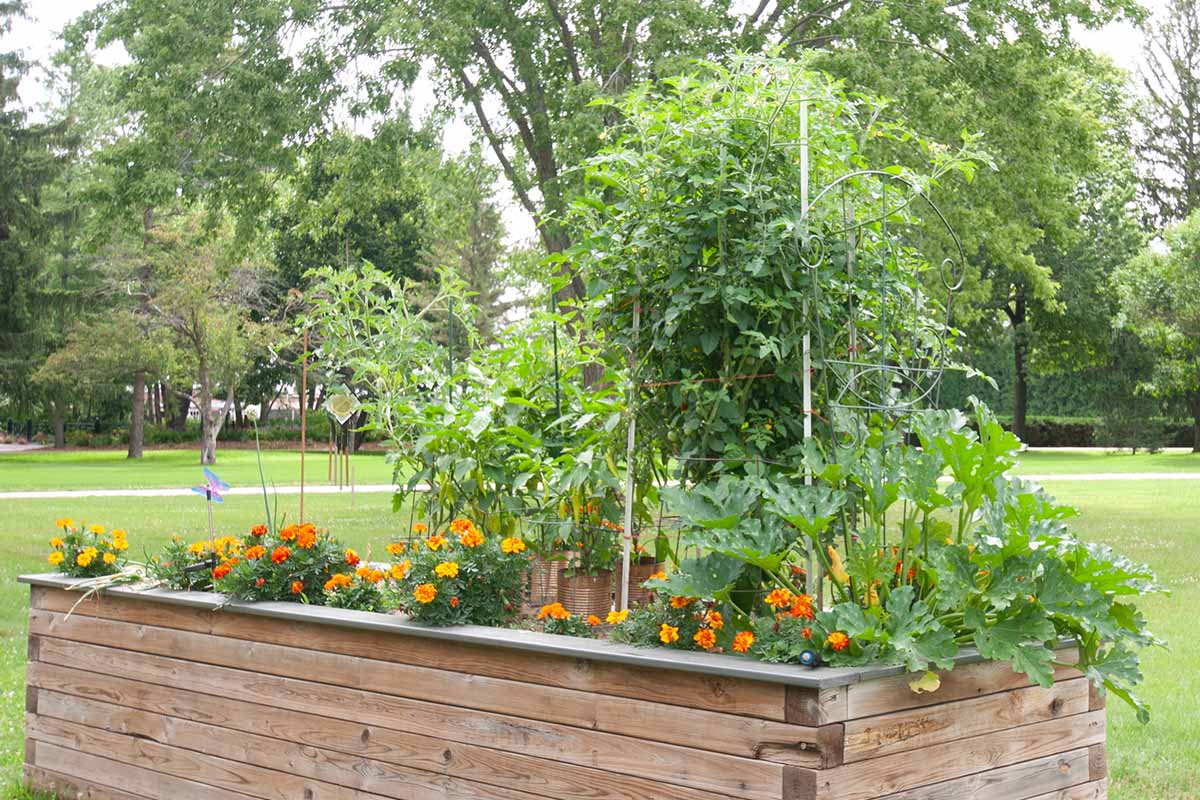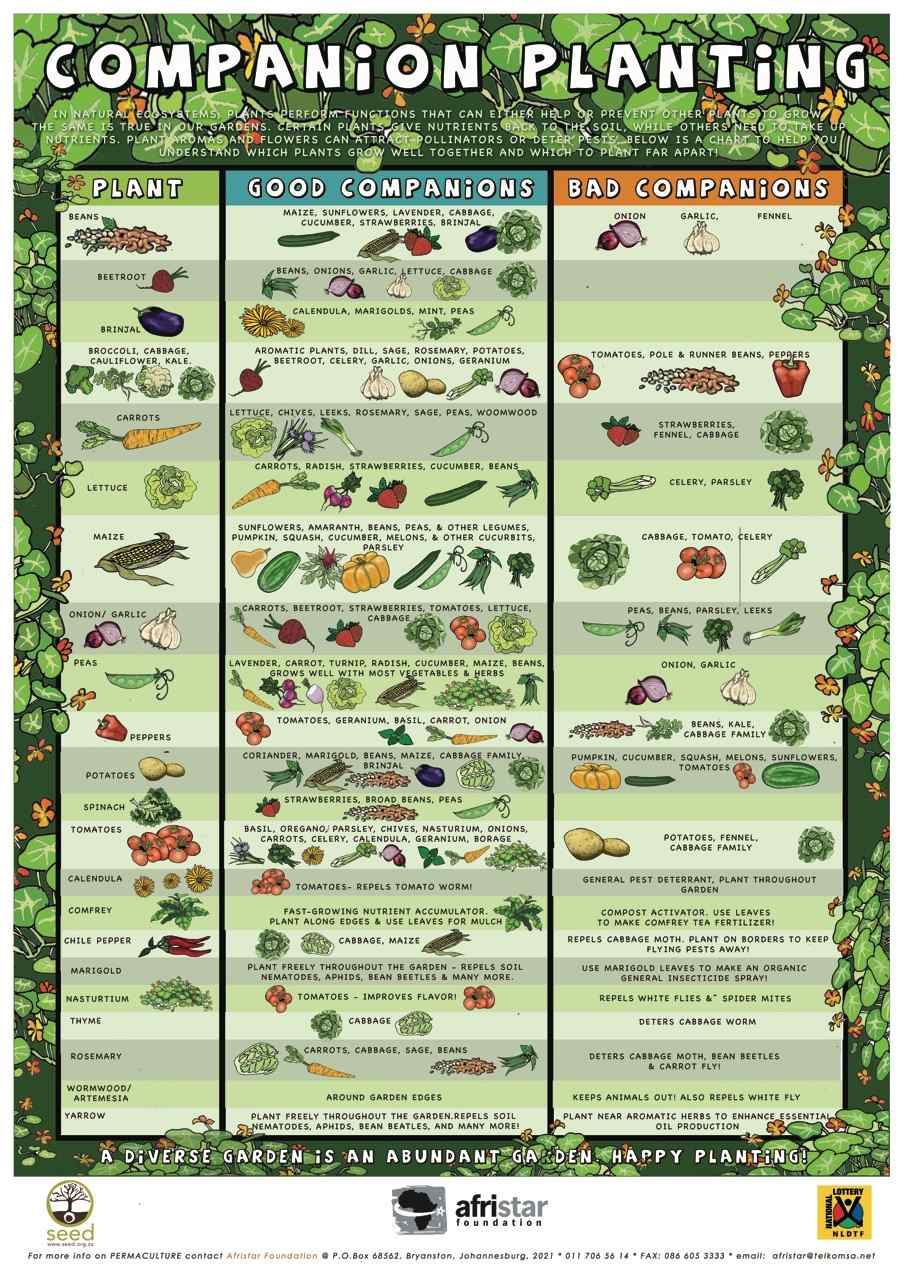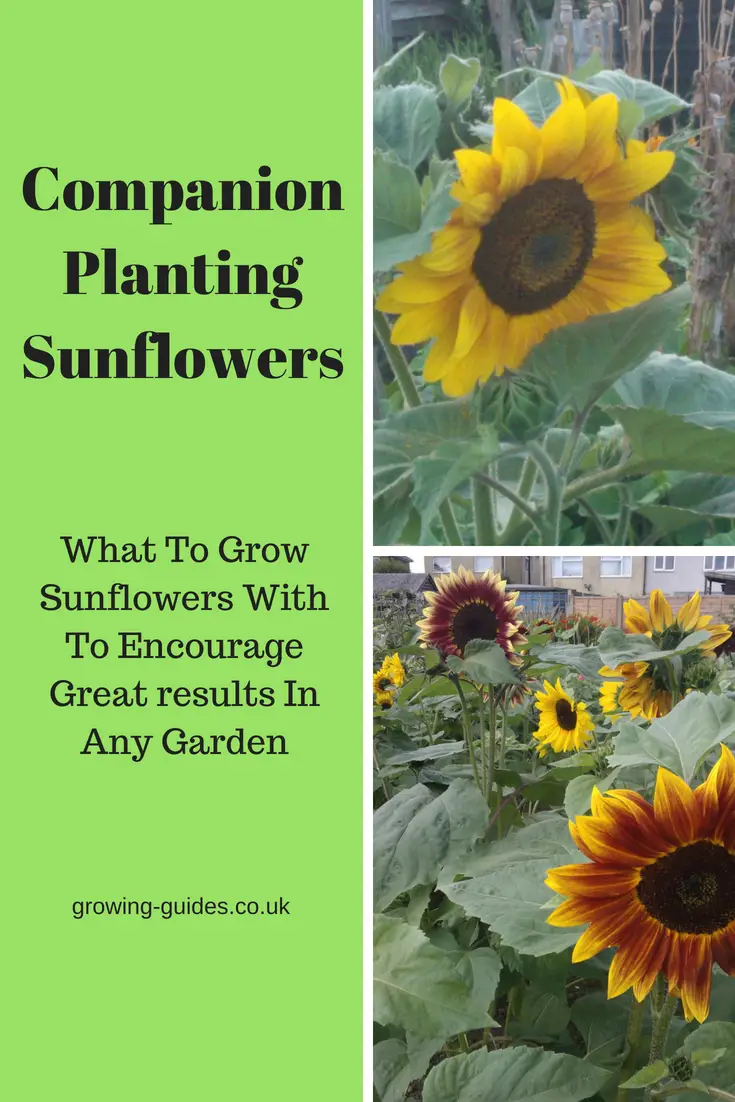Companion Planting Examples That Will Boost Your Garden Yield
Companion Planting Examples That Will Boost Your Garden Yield
Companion planting is a gardening technique that involves planting certain plants together to benefit each other. This can be done to attract beneficial insects, deter pests, improve soil quality, or increase yields.
There are many different companion planting combinations that can be used, but some of the most popular include:
- Basil and tomatoes: Basil helps to repel tomato hornworms and other pests, and it also improves the flavor of tomatoes.
- Beans and corn: Beans fix nitrogen in the soil, which benefits corn. Corn provides shade and support for beans.
- Carrots and onions: Carrots and onions repel each other's pests, so planting them together can help to reduce pest problems.
- Cucumbers and nasturtiums: Nasturtiums attract aphids, which would otherwise eat cucumbers. Cucumbers provide shade for nasturtiums.
- Lettuce and chives: Chives repel aphids and other pests, and they also improve the flavor of lettuce.
These are just a few examples of companion planting combinations. There are many other possibilities, so it's a good idea to do some research to find the best combinations for your specific garden.
Benefits of Companion Planting
There are many benefits to companion planting. Some of the most common benefits include:
- Increased yields: Companion planting can help to increase yields by attracting beneficial insects, deterring pests, and improving soil quality.
- Reduced pest problems: Companion planting can help to reduce pest problems by attracting beneficial insects and repelling pests.
- Improved soil quality: Companion planting can help to improve soil quality by fixing nitrogen, adding organic matter, and suppressing weeds.
- Diversified ecosystem: Companion planting can help to create a more diversified ecosystem in your garden, which can make it more resistant to pests and diseases.
How to Companion Plant
There are a few things to keep in mind when companion planting. First, it's important to choose plants that will benefit each other. Second, you need to plant the plants in the right location. Third, you need to water and fertilize the plants properly.
Here are some tips for companion planting:
- Choose plants that will benefit each other. There are many resources available that can help you to find compatible plant combinations.
- Plant the plants in the right location. Some plants prefer full sun, while others prefer partial shade. It's important to plant the plants in the right location so that they will thrive.
- Water and fertilize the plants properly. All plants need water and fertilizer to grow. Make sure to water and fertilize your companion plants according to their specific needs.
Conclusion
Companion planting is a great way to improve your garden's yields, reduce pest problems, and improve soil quality. If you're looking for a way to boost your garden's productivity, companion planting is a great option.
Companion planting is a gardening technique that involves planting certain plants together to help each other thrive. There are many benefits to companion planting, including:
- Increased crop yields
- Improved plant health
- Reduced pest and disease problems
- Enhanced pollination
There are many different companion planting combinations, but some of the most popular include:
- Tomatoes and basil: Basil repels thrips and other pests that can damage tomatoes.
- Carrots and onions: Onions repel the carrot fly, which can destroy carrot roots.
- Beans and peas: Beans and peas fix nitrogen in the soil, which can benefit other plants.
- Cucumbers and marigolds: Marigolds repel cucumber beetles, which can damage cucumber leaves.
If you're interested in learning more about companion planting, I recommend visiting Gardenia Inspiration. This website has a comprehensive list of companion planting examples, as well as information on the benefits of companion planting.
FAQ of companion planting examples
Q: What is companion planting?
A: Companion planting is a gardening technique that involves planting certain types of plants together to benefit each other. Companion plants can help to attract beneficial insects, repel pests, improve soil health, and increase yields.
Q: What are some good companion plants?
A: There are many different types of companion plants, but some of the most popular include:
- Basil and tomatoes: Basil repels thrips and other pests that can damage tomatoes.
- Beans and corn: Beans fix nitrogen in the soil, which benefits corn. Corn provides support for beans to climb.
- Cucumbers and marigolds: Marigolds repel cucumber beetles, which can damage cucumbers.
- Onions and carrots: Onions repel carrot flies, which can damage carrots.
- Squash and nasturtiums: Nasturtiums attract beneficial insects that help to control pests.
Q: How do I know which plants are good companions?
A: There are many resources available to help you find good companion plants. You can find companion planting charts online or in gardening books. You can also talk to experienced gardeners in your area.
Q: What are some of the benefits of companion planting?
A: Companion planting can offer a number of benefits, including:
- Increased yields
- Improved soil health
- Reduced pest problems
- Attracted beneficial insects
Q: How do I get started with companion planting?
A: The best way to get started with companion planting is to do some research and find a few companion planting charts that you like. Once you have a few charts, you can start planning your garden. When you are planting, be sure to consider the height, spacing, and sunlight requirements of the different plants.
Image of companion planting examples
5 different images of companion planting examples from Pinterest:
- Marigolds and tomatoes: Marigolds are known to repel pests, such as aphids and nematodes, which can damage tomatoes.

- Beans and corn: Beans and corn are a classic companion planting combination. Beans fix nitrogen in the soil, which benefits corn, and corn provides shade for beans, which helps to protect them from pests.

- Cabbage and nasturtiums: Nasturtiums attract aphids, which would otherwise damage cabbage. The nasturtiums also help to deter cabbage moths.
- Herbs and vegetables: Many herbs can be companion planted with vegetables to deter pests, attract beneficial insects, or improve the flavor of the vegetables. For example, basil can be planted with tomatoes to deter whiteflies, mint can be planted with carrots to improve their flavor, and chives can be planted with beans to deter aphids.

- Sunflowers and squash: Sunflowers provide support for vining squash plants, and the two plants can help to shade the soil, which helps to suppress weeds.

Post a Comment for " Companion Planting Examples That Will Boost Your Garden Yield"